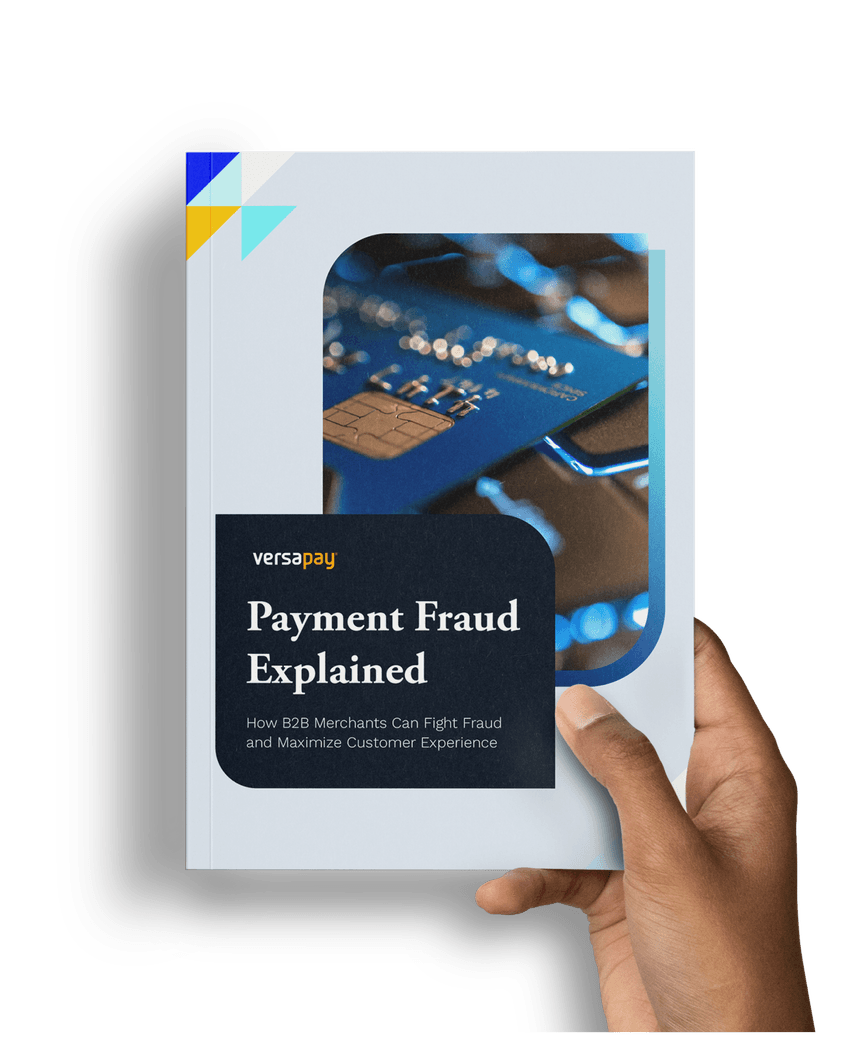
Payment Fraud Explained: How B2B Merchants Can Fight Fraud and Maximize Customer Experience
Payment fraud is ever evolving. This guide explores the different types of payment fraud, how it can be detected and prevented, how businesses can process payments while maximizing customer experience, and much more.
How B2B Merchants Can Fight Fraud and Maximize Customer Experience
Payment Fraud Explained
January 27th, 2022
Payment fraud is ever evolving. Download the free guide, and learn how you can process payments with peace of mind. Discover:
✓ The different types of payment fraud
✓ How it can be detected and prevented
✓ How you can process payments while maximizing CX
✓ And much more


In this guide you'll:
- Learn the differences between check and digital payment fraud
- Explore the relationship between customer experience and payment security
- Discover effective strategies for detecting and preventing payment fraud
- Hear from payment fraud experts (like Versapay's Chief Risk Officer and Interchange Analyst)
- Learn how to process payments securely and why integrated payments solutions are important